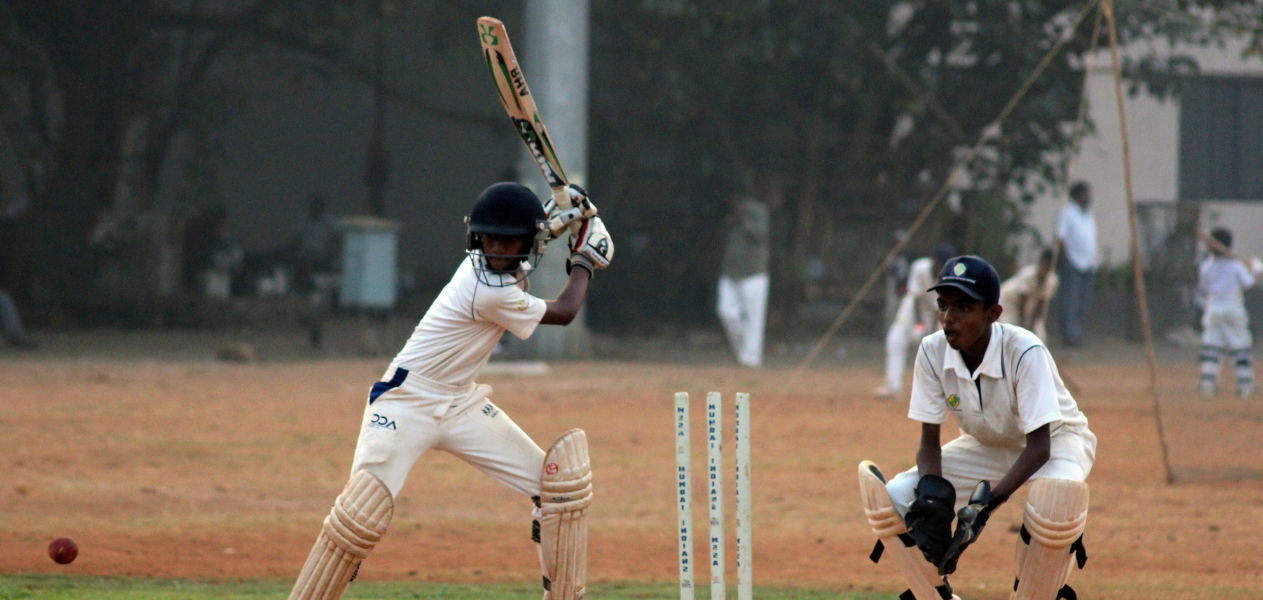A Nation's Obsession: India & the Game of Cricket
The relationship India has with cricket is unlike any other. As its popularity has increased over the years, it has become more than just a sport or a simple form of entertainment. Cricket in India is now a symbol of national identity. While the sport was introduced by the British in Colonial India as a means to socialise natives, India has taken the sport since gaining Independence in 1947 and made it its own. If you want to get an idea of how integral cricket is to daily life in India, you only need to look at the number of people who are fans of the game. There is an estimated 1 billion fans throughout the world, of that 1 billion, 90% are Indian.
Family weekends are planned around match times, religious ceremonies are held before important cricket matches, and entire villages are glued to the television screen every time India cricket matches take place. If you haven’t asked yourself this question yet, we are sure you are now, how did a simple English sport gain such massive cultural following? Well, let’s take and a closer look and see.
After gaining Independence in 1947, there were protests that campaigned for the banning of cricket in India, as it was considered a sport introduced by the British that would prevent the development of Indian culture. Despite this, it was clear that the severe popularity of the sport would continue and it was very quickly re-accepted by those who were initially doubtful. For avid fans of the game, it was seen as a means to breaking the deep-rooted social boundaries of Indian society at the time. It allowed for people from all different castes, religions and socio-economic backgrounds to come together on the cricket field as equals.
While hockey was the national sport at the time, cricket secured its passage to becoming the true love of Indian sports fans in 1982 when cricket was screened on DD National Telecast and hockey was not. Overnight, it meant that live cricket matches were suddenly beamed into every household with a television in India, resulting in a further boost in popularity throughout the country.
The following year, the Indian Men’s national team won the 1983 World Cup, creating an entire generation of cricket lovers in the process, many of whom became famous cricket players, while the others’ went on to be lifelong fans. Locals adapted the game to the streets and even to today, you will be hard pressed to travel far within India without seeing a bunch people playing what is referred to as Gully Cricket.
The introduction of a shorter version of the game in 2003 by England in the form of the Twenty20 series grabbed the attention of those that had still not been won over by the sport. Of course, India winning the first T20 World Cup in 2007 in South Africa propelled the popularity even further.
Moreover, the creation of the Indian Premier League in 2008 cemented cricket as an integral part of life in India. The league employed the use pop music, cheerleaders and a celebrity or two to commercialise the sport to an astronomical level. Teams were made up of both local and International players, creating a diverse league and once again bringing people of all different backgrounds into the same place within Indian society.
In conclusion, it is obvious to see why cricket is considered more than just a sport in India. It has been a crucial part of India becoming what it is today and is sure to remain at the heart of the nation for many years to come!

